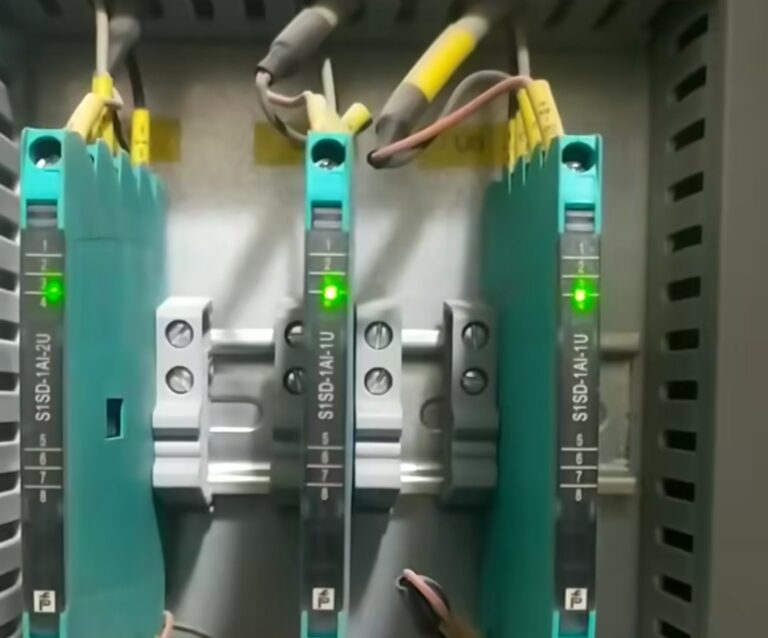What is % impedance of transformer?
The impedance is formally referred to as impedance voltage. It is the supply voltage, expressed as a % of rated voltage that is required to circulate rated current through the transformer.It is measured in the factory by a short circuit test at rated frequency. With the low-voltage winding shorted, the supply voltage to the high-voltage winding is increased until rated current flows in the transformer. The supply voltage magnitude that results in rated current is then referred to as the impedance voltage. When it is divided by the rated voltage of the transformer, it becomes the %-impedance voltage, or more commonly, the %-impedance.
For example, if you have a transformer with a positive sequence impedance of 8% stamped on the nameplate, this means that 8% of the rated winding voltage is required to produce rated transformer current. If the high-voltage winding is rated at 220 kV, then 0.08*220 kV = 17.6 kV is required to produce rated full-load current when the low-voltage winding is shorted. This test is typically conducted under normal cooling conditions (i.e., natural air and oil; no forced air fans or forced oil pump cooling.
What is the role of impedance in a transformer?
Impedance plays different roles in transformer design. One is that it defines the maximum level of short circuits current in the transformer’s system. It is also an element that configures voltage differences. It is also one of the determining factors that decide the transformer’s sustainability within the system.
It is also an important factor in determining the voltage drop across the windings, the maximum flux density in the core, and the overall system efficiency.
How do you calculate transformer impedance?
Using the short circuit test, the formula to get the transformer impedance ratio or impedance transformer formula:-
Isc (fault current) = KVA/(1.732*voltage*no. of winding*%impedence
Z% = (Short Circuit Voltage x 100 )/Rated Voltage
Given: Short Circuit Voltage = 104V (what you get from the voltage meter reading to get to reach the rated current with short circuit condition )
Rated Voltage = 4160VZ% = (104Vx100 )/4160VZ% = 0.025 X 100Z% = 2.5%
Is high impedance good for transformer?
Before, old transformers were designed to have the least impedance as much as possible to lower voltage regulation. Later it was discovered that high impedance also plays a part in protecting the unit in the case of line short circuits
Increasing the impedance of a transformer will cause a drop in voltage, but will also lower the default currency. A low impedance transformer will have a higher short circuit current on the secondary side than its higher impedance counterpart, meaning that you will need equipment that can withstand higher fault currents.
However,
with a higher impedance, you will also introduce a higher voltage drop, requiring a higher voltage to produce the full load current.
Is lower impedance better for the transformer?
Its depends on the specific application and design of the transformer. In general, however, lower-impedance transformers are typically more efficient and have lower losses than of higher impedance transformers.Moreover, a notable result of having low impedance on transformers is that it will result in increased short circuit current, thus increasing stress in the system’s insulation.
This is not desired since it will require more sophisticated equipment that can endure higher fault currents. Meaning additional costs resulting in a more expensive unit.However, lower impedance also helps in minimizing voltage regulation and managing voltage drop within the winding.
What affects transformer impedance?
The impedance of a transformer is affected by many factors, including the number of turns in the transformer’s windings, the transformer’s core material, the transformer’s size, and the transformer frequency. The impedance of a transformer may also affect the transformer’s efficiency.
Transformer impedance reflected on the nameplate can tell how a particular transformer is designed. Other factors that affect the transformer’s impedance are primarily related to its windings and the core. The winding resistance resulted from leakage flux, core losses, and magnetizing parts.Ideally, it should only the winding resistance and leakage flux should
not be in the picture. But designs are not always ideal and magnetic couplings are not always flawless. These factors make the impedance go higher. In addition, core type, coil, and winding arrangement, wire types, insulation, and other factors could also contribute to a higher impedance.
What is the impedance test of a transformer?
Like any other electrical instrument or device, product performance is tested to see if it follows the designed parameters as well as to check its efficiency.The impedance test is a non-destructive test simulated to detect possible issues in each transformer winding.A short circuit test is conducted at a given rating to test the transformer’s impedance.
Having short circuit LV windings, HV winding is continuously supplied with increasing voltage up to which the rated current is achieved. Voltage introduced to the system until it reaches the rated current over the designed voltage is where you get the impedance as a fraction.
Note:LV = Low Voltage
HV = High Voltage
How does a transformer change impedance?
Changing the impedance of a transformer could directly mean changing the reactance. One way to change the reactance has to do with how many turns the transformer has. Thus, a transformer can change impedance by either increasing or decreasing the number of turns in the winding. If the number of turns is increased, the impedance is increased. If the number of turns is decreased, the
impedance is decreased. This can also change the core size, including the resistance in the winding.The impedance of a transformer is determined by how many turns it has on each coil, the cross-sectional area of the coils, and the type of core material. The primary coil has more turns of wire than the secondary coil. How many turns the primary coil has is defined by the designed voltage that is expected for a particular transformer. The number of turns on the secondary coil is determined by the current that the transformer is designed to handle. The laterals of both coils can also contribute to the transformer’s impedance.
The larger the cross-sectional area, the lower the impedance.The type of core material also affects the impedance. Ferrite cores have a higher impedance than air cores. The impedance of a transformer must be matched to the load that it is powering. If the impedance of the transformer is too high, the transformer will not be able to deliver enough current to the load. If the impedance of the transformer is too low, the transformer will not be able to step up the voltage to the level that is required by the load.

